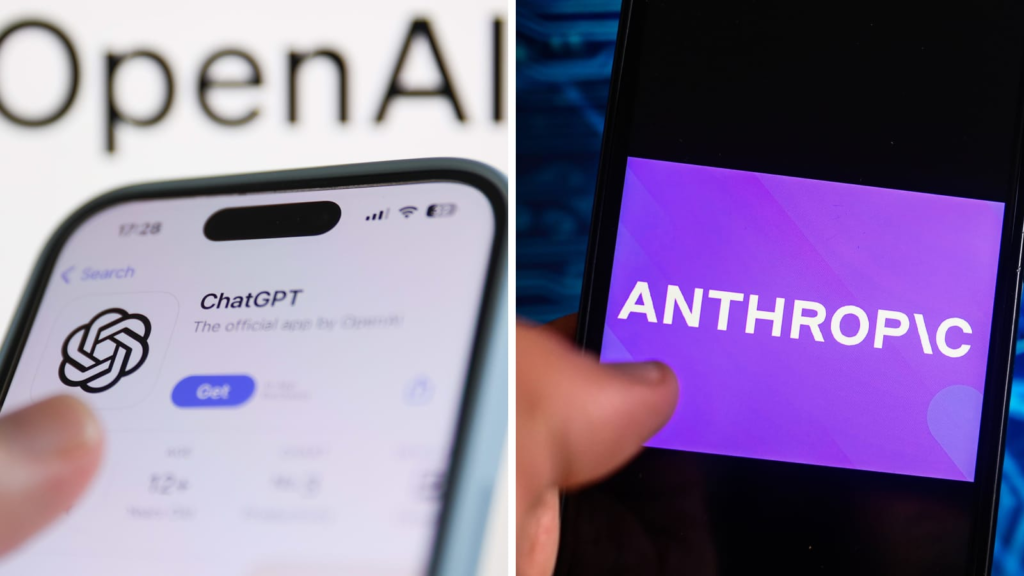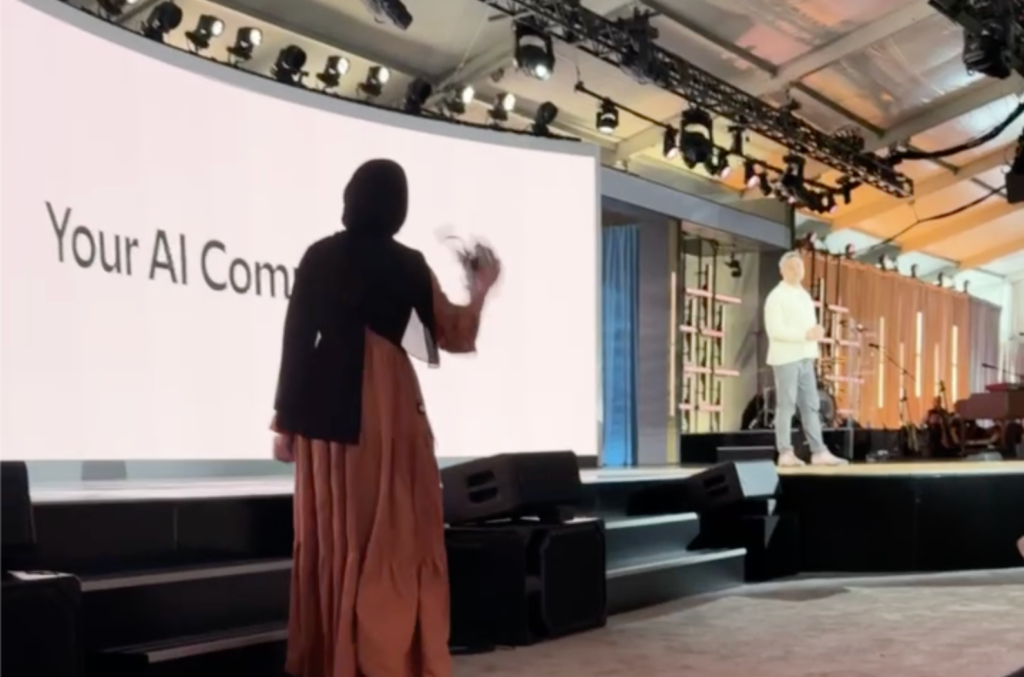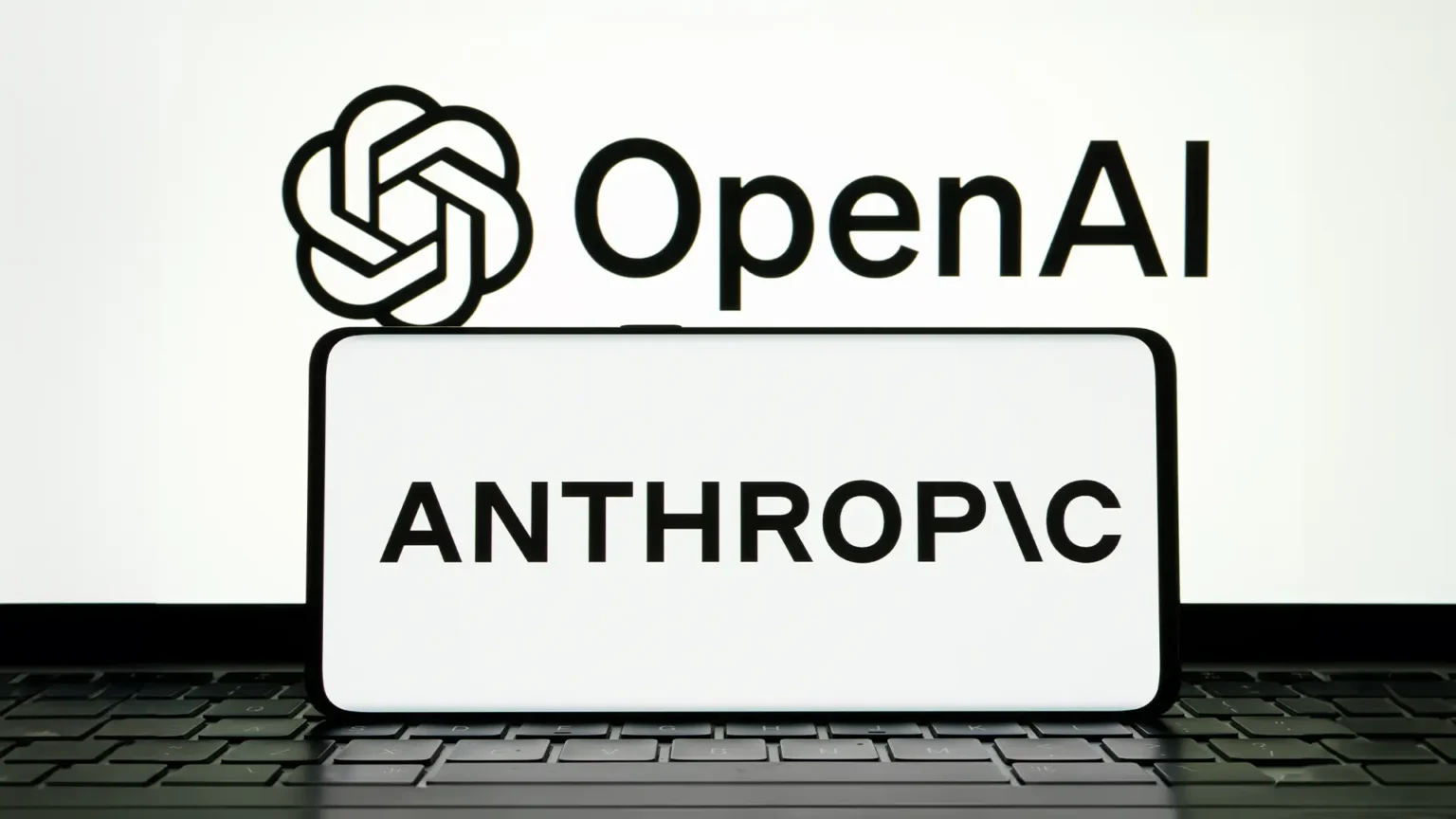Big tech companies OpenAI and Anthropic are fighting to be students’ favorite AI tools. This week, both released free helpers for college kids. Why? They know students are busy with classes, jobs, and exams. If students use their AI now, they might keep using it after graduation.
Why Students?
College life is tough. A student must simultaneously handle writing papers and testing while working part-time jobs. These tools from the field of artificial intelligence simplify the writing process of students by providing the following benefits:
- Organizing messy notes
- Explaining hard math problems
- Writing essay drafts faster
OpenAI says 1 in 3 U.S. college students already use ChatGPT. Now, both companies want even more students to pick their AI.
Anthropic’s Tool: Claude the Thinking Coach
Anthropic made a special school version of Claude, their AI. It launched on Wednesday. Here is how it works.
Claude for Education
- Asks Questions: Instead of giving answers, Claude says, “How would you solve this?”
- Works With Schools: Students at Northeastern University, London School of Economics, and Champlain College can use it for free.
- Learning Mode: Teaches you to think step by step, like a teacher.
A student at Northeastern said, “Claude helped me understand chemistry. It made me figure things out instead of just telling me.”

OpenAI’s Offer: Free ChatGPT Plus
The very next day, OpenAI announced free ChatGPT Plus for U.S. and Canadian students until May. This timing is perfect for finals.
What You Get
- Talk to AI: Use voice chat to ask questions out loud.
- Deep Research: Finds information for papers fast.
- Image Maker: Creates pictures for projects.
Leah Belsky from OpenAI said, “We want AI to help learning, not do the work for you.”
Claude vs ChatGPT: Which Is Better?
Let us compare both tools.
For Critical Thinking
- Claude wins. It makes you solve problems yourself.
- Example: If you ask, “What caused World War I?” Claude replies, “What factors do you think were most important?”
For Getting Work Done Fast
- ChatGPT wins. It writes drafts and finds sources quickly.
- Example: “Write a 500-word essay on climate change” gets a ready-made outline.
Price
- Both are free for students now. ChatGPT’s offer ends in May. Claude works through partner schools.
What Teachers Worry About
Some professors think AI could cause problems.
- Cheating: Students tend to allow Artificial Intelligence systems to produce complete academic assignments.
- Lazy Thinking: Using AI as an excessive learning resource may endanger educational development.
- Fairness: Rich schools get high-tech tools. Poor schools might fall behind.
The University of California system established educational policies. The use of AI allows students to generate ideas; however, they need to compose their final drafts without AI assistance.
How Students Are Using These Tools
Case Study: Maria’s Finals Week
Maria is a busy sophomore at Champlain College. Here is how she uses both AIs.
- Claude: “I use Claude for math homework. It asks me questions until I get it right.”
- ChatGPT: “ChatGPT helps me draft history essays. I edit them after.”
Maria says, “I save 10 hours a week. Now I have time for my part-time job.”

The Bigger Fight for Future Customers
OpenAI and Anthropic know students will grow up to be doctors, engineers, and CEOs. If they learn to love Claude or ChatGPT now, they will likely buy these tools later for work.
Other companies are joining, too. Google just added AI to Classroom. Microsoft works with schools on AI projects.
Try Them Yourself
If you are a student:
- ChatGPT: Go to chat.openai.com. Use your school email to get free Plus until May.
- Claude: Ask your school if they partner with Anthropic. If so, sign up for claude.ai/edu.
Test both. Use Claude for tricky subjects. Use ChatGPT when you are in a hurry.
These tools are not perfect, but they are free helpers. Just remember. AI should assist you, not replace your brain.





